Articles
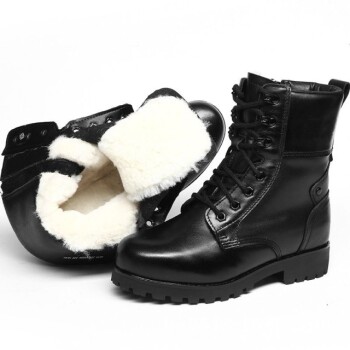
How Snowmobile Boots Outperform Traditional Snow Boots in Extreme Conditions
32 minutes agoDiscover why snowmobile boots outperform traditional snow boots in extreme cold, offering superior impact resistance, ergonomic support, and durability.
Learn More
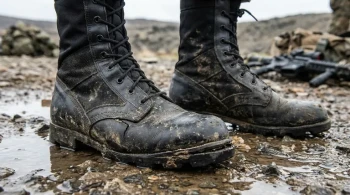
The Jump Boot Fallacy: Why Your 'Classic' Tactical Boots Are Failing Customers
16 hours agoLearn from the U.S. Army's shift away from jump boots. Discover why heritage designs fail in modern use and how to build truly reliable footwear.
Learn More
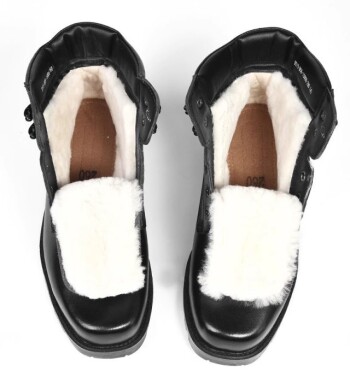
How Durable Snowmobile Boots Prevent Injuries and Enhance Performance
1 day agoDiscover how durable snowmobile boots prevent injuries with advanced materials like TPU and PU, offering abrasion resistance, waterproofing, and ankle support.
Learn More
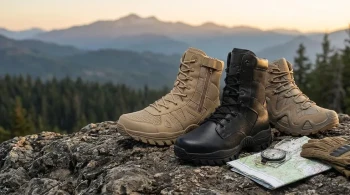
Why Your Tactical Footwear Line Isn't Selling—And How to Fix It
1 day agoDiscover the common sourcing mistake that leads to poor sales and dead inventory in tactical footwear. Learn how to build a profitable product line.
Learn More
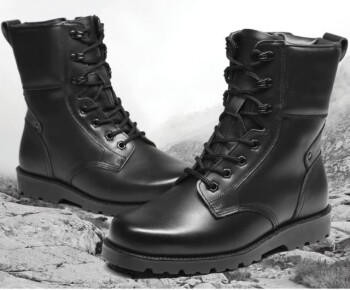
How Snowmobile Boots Combine Science and Design for Extreme Winter Performance
2 days agoDiscover how advanced materials and ergonomic design make snowmobile boots warm, waterproof, and breathable for extreme winter conditions.
Learn More

More Than Just Tough: The Manufacturing Secrets Behind Military-Grade Tactical Boots
2 days agoDiscover why many tactical boots fail. Learn the engineering trade-offs behind military-spec footwear and how to source boots that truly perform.
Learn More
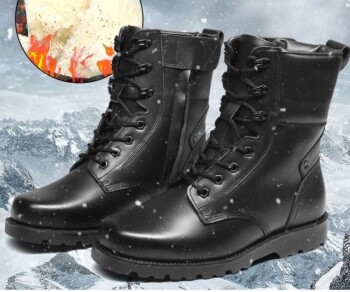
How Snowmobile Boots Engineer Support: A Biomechanical and Technical Breakdown
3 days agoDiscover how snowmobile boots use biomechanics and advanced materials to enhance stability, reduce fatigue, and improve control in extreme conditions.
Learn More

Beyond the Spec Sheet: The Real Reason Your Tactical Footwear Fails
3 days agoDiscover why choosing boots based on a checklist of features leads to failure. Learn the critical trade-offs and how a strategic manufacturing partner can help.
Learn More

How to Choose Between Snow Boots and Winter Boots for Your Climate
4 days agoLearn how to choose between snow boots and winter boots based on climate, activity, and key features like insulation and traction.
Learn More

Beyond the Spec Sheet: Why Your Tactical & Outdoor Boots Fail (And How to Build Them Right)
4 days agoDiscover the hidden design flaw causing high return rates for outdoor boots and learn how a military-grade manufacturing philosophy is the key to reliability.
Learn More
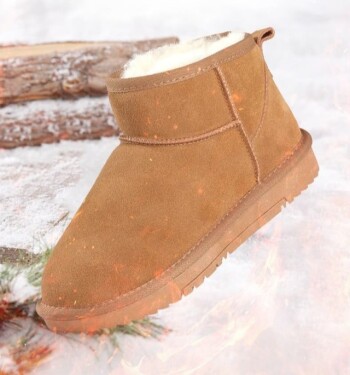
How Snow Boot Engineering Balances Warmth and Mobility: A Fit-First Approach
4 days agoDiscover how precision fit engineering in snow boots balances warmth and mobility through air pockets, layering ratios, and activity-specific designs.
Learn More

Why Winter Tactical Gear Fails: It’s Not the Boot, It’s the System (And How to Fix It at the Source)
5 days agoDiscover the real reason winter tactical missions are compromised. It's not just the boot; it's a system integration failure. Learn how to fix it.
Learn More
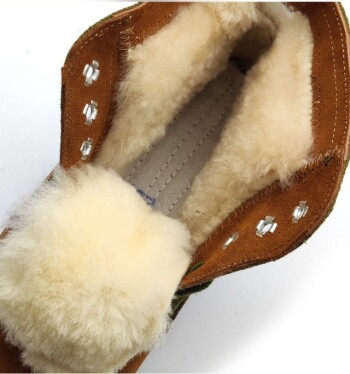
Beyond the Label: How to Match Snow Boot Ratings to Real-World Winter Conditions
6 days agoLearn how to match snow boot temperature ratings to real winter conditions, including wind chill, moisture, and activity adjustments.
Learn More
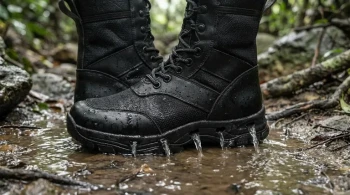
Why Your Tactical Boots Fail in Wet Conditions (And It’s Not What You Think)
6 days agoDiscover the hidden engineering flaw in tactical boot drainage that leads to failure. Learn how a modern manufacturing approach solves this critical issue.
Learn More
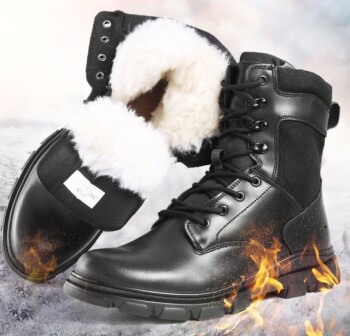
Winter Boots vs. Snow Boots: How to Choose the Right Footwear for Your Climate
1 week agoLearn the key differences between winter boots and snow boots, including insulation, waterproofing, and traction for various climates and activities.
Learn More
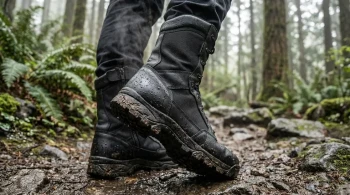
Why Most Tactical Boots Fail: It’s Not the Durability, It’s the System
1 week agoDiscover why focusing on single features like durability leads to tactical boot failure. Learn about the 3-pillar system that ensures true field reliability.
Learn More
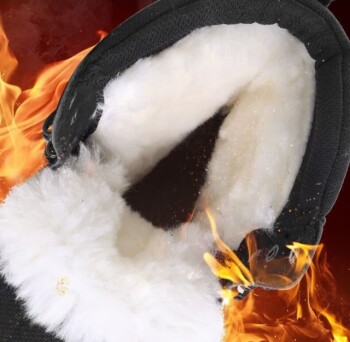
How to Choose Between Snow Boots and Winter Boots for Any Scenario
1 week agoLearn how to choose between snow boots and winter boots based on waterproofing, traction, and lifestyle needs for optimal winter safety and comfort.
Learn More

Why Your ‘Best’ Tactical Boots Are Failing Your Team—And How to Fix Your Footwear Strategy
1 week agoDiscover why top-spec waterproof boots can cause mission failure and how an environment-first procurement strategy ensures team safety and effectiveness.
Learn More
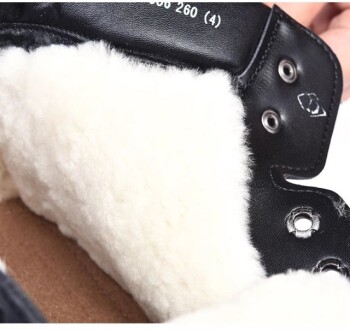
How to Choose Snow Boot Insulation for Your Climate and Activities
1 week agoLearn how to choose snow boot insulation based on climate and activities, from Arctic-grade materials to urban lightweight solutions.
Learn More

How to Extend Combat Boot Lifespan in Extreme Conditions: 4 Advanced Tactics
1 week agoLearn More
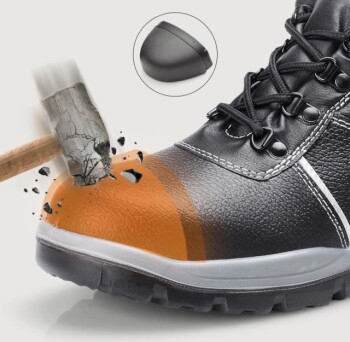
Steel Toe Boots Decoded: When Maximum Workplace Protection Matters Most
1 week agoSteel toe boots offer superior impact & compression protection for high-risk industrial environments. Learn when steel outperforms composite materials.
Learn More
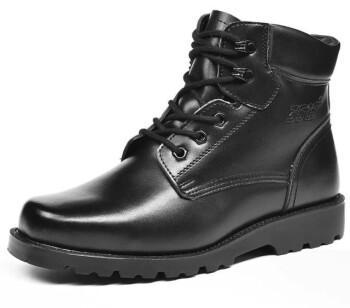
How to Extend Work Boot Lifespan: Key Factors and Maintenance Strategies
1 week agoLearn how to extend work boot lifespan with material insights, maintenance tips, and wear indicators for safety and cost savings.
Learn More
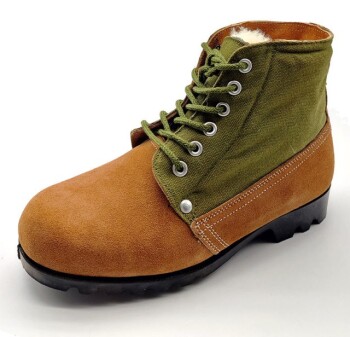
How Lace-Up Work Boots Solve Workplace Safety Challenges
1 week agoDiscover how lace-up work boots enhance workplace safety with ergonomic support, advanced outsoles, and industry-specific protection features.
Learn More
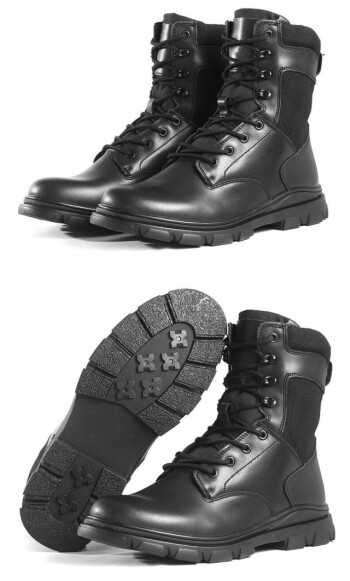
How Weatherproof Work Boots Prevent Cold- and Wet-Weather Health Hazards in High-Risk Jobs
1 week agoWeatherproof work boots prevent cold- and wet-weather hazards with waterproofing, insulation, and slip-resistant tech for high-risk jobs.
Learn More
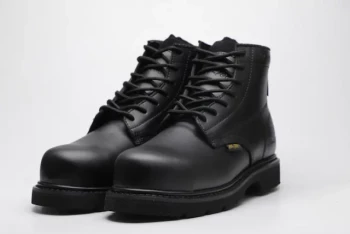
How to Choose Warehouse Shoes That Combat Workplace Hazards Without Sacrificing Comfort
2 weeks agoLearn how to choose OSHA-compliant warehouse shoes that prevent slips, impacts, and static hazards while ensuring all-day comfort for workers.
Learn More
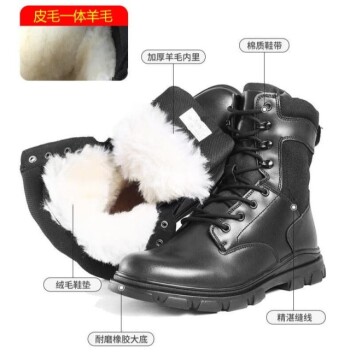
How to Choose Winter Boots That Actually Work for Your Needs
2 weeks agoLearn how to choose winter boots for warmth, traction & durability based on climate & activities. Expert tips for urban, backcountry & family use.
Learn More
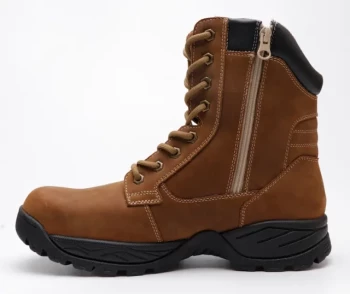
How to Match Work Boot Features to Your Job's Hidden Hazards
2 weeks agoMatch work boots to job hazards—electrical, slip, or puncture risks—with ASTM-rated safety features and ergonomic designs for all-day comfort.
Learn More
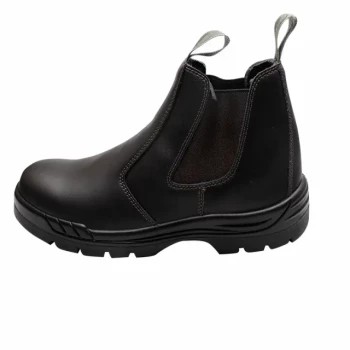
How Work Boots Engineer Fatigue Resistance: Biomechanics, Materials, and Real-World Impact
2 weeks agoDiscover how fatigue-resistant work boots combat physical strain with biomechanics and advanced materials like EVA, polyurethane, and TPU.
Learn More
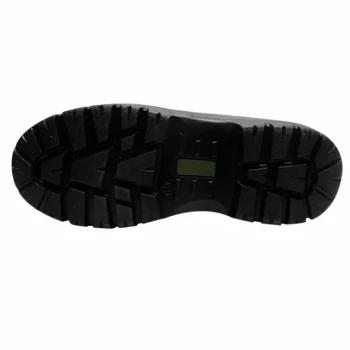
How Puncture-Resistant Footwear Protects Workers and Boosts Productivity
2 weeks agoDiscover how puncture-resistant footwear prevents workplace injuries, boosts productivity, and meets ASTM standards for high-risk industries.
Learn More
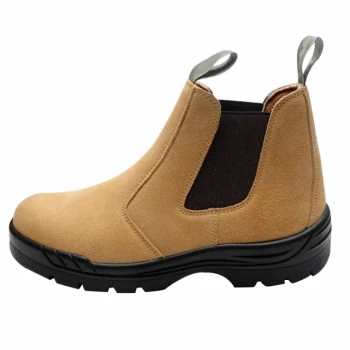
How Chelsea Work Boots Redefine Workplace Safety Without Sacrificing Comfort
2 weeks agoDiscover how Chelsea work boots combine XRD® shock absorption and SPS MAX comfort for all-day safety without fatigue. ASTM-certified protection.
Learn More